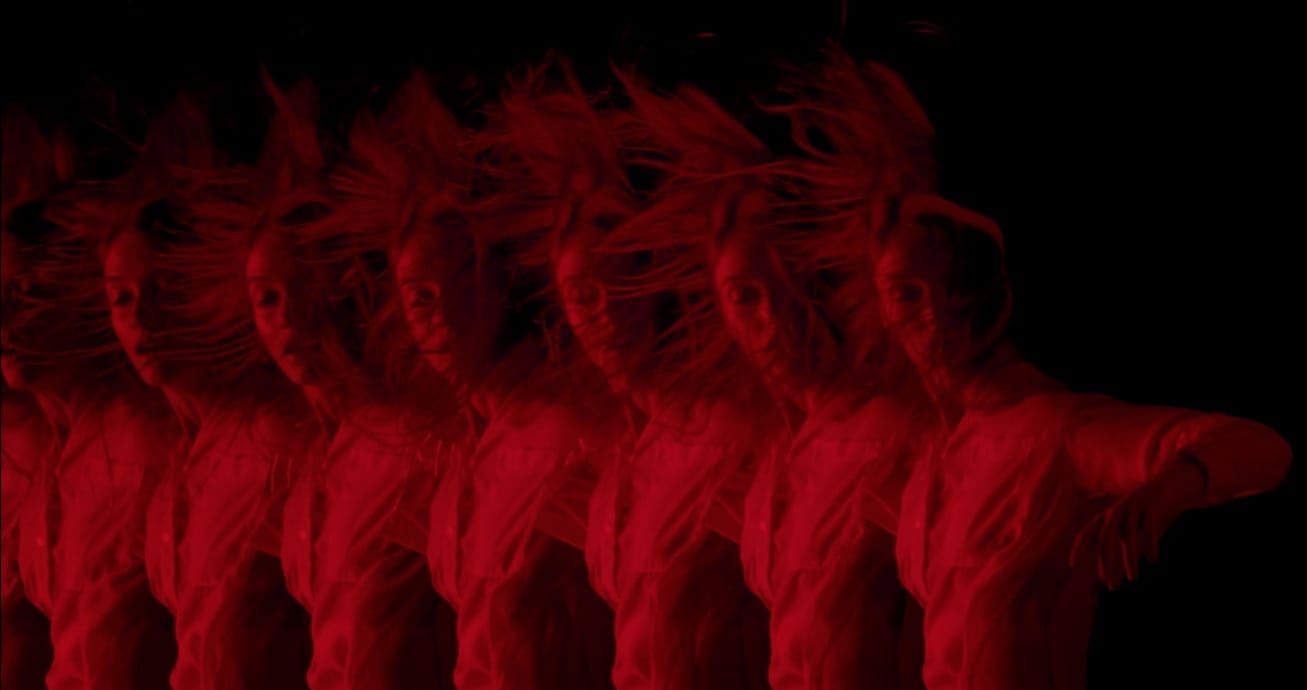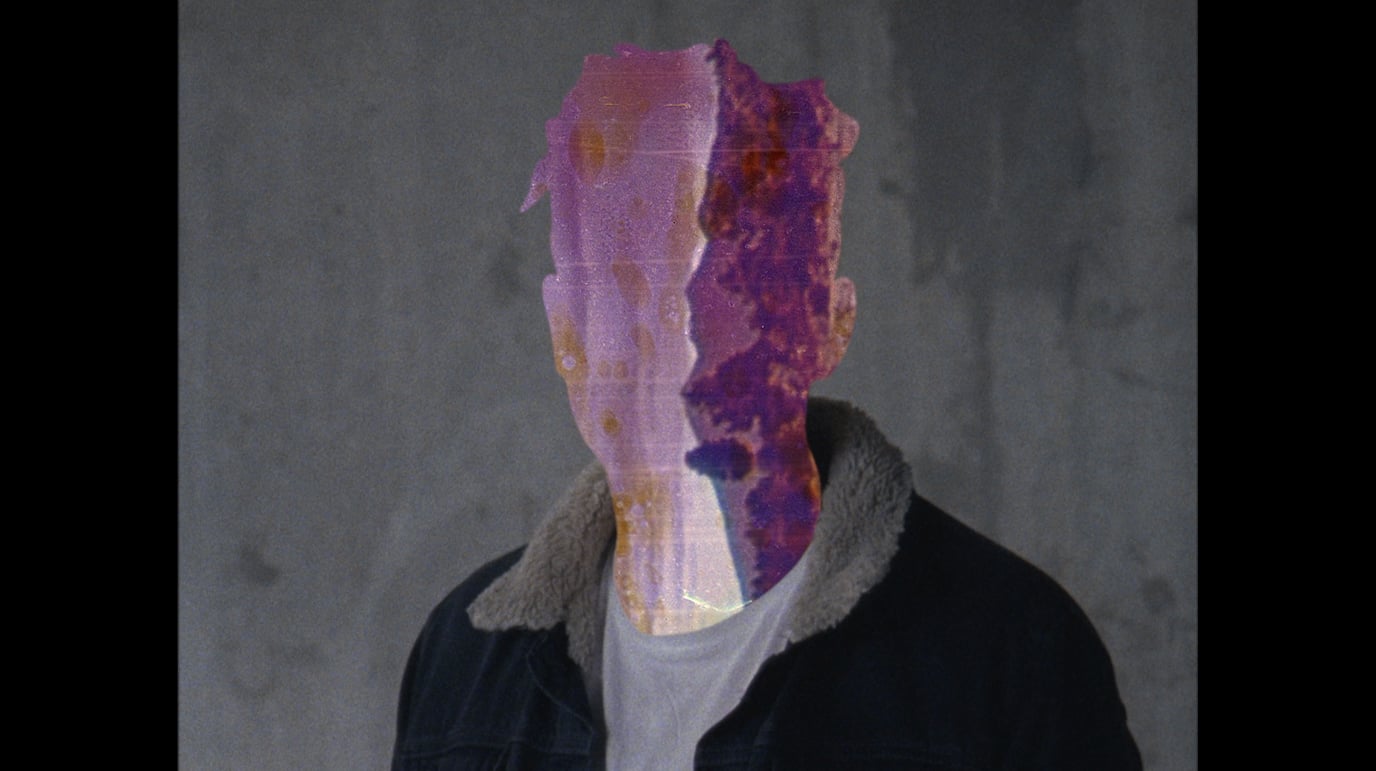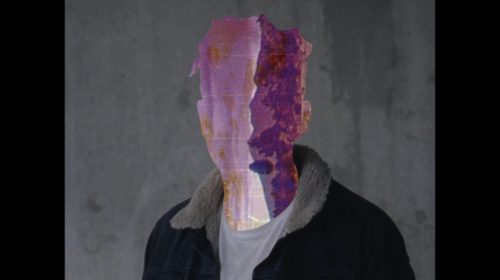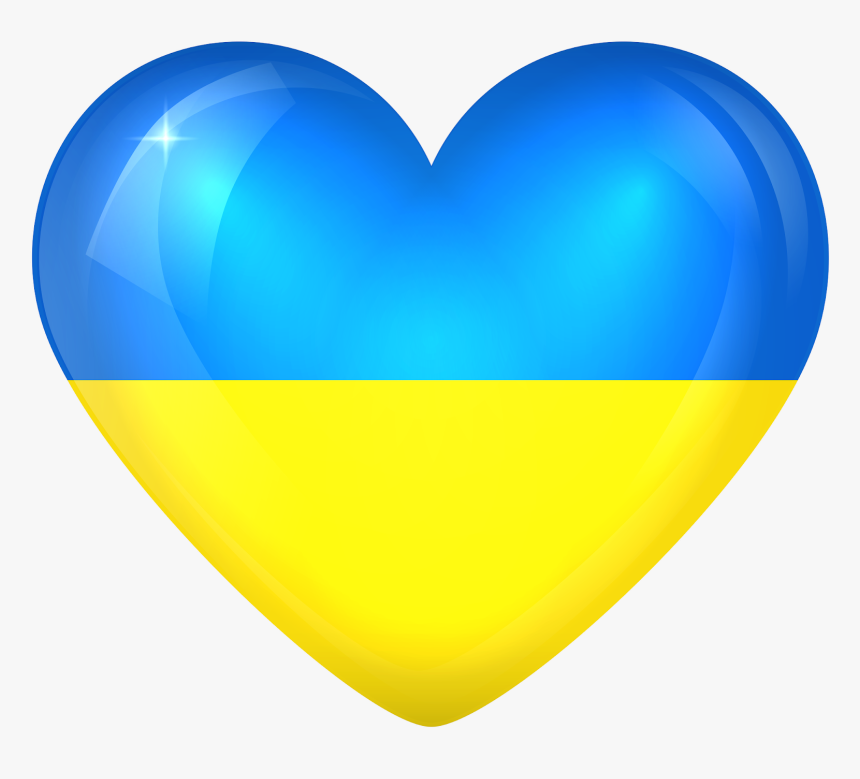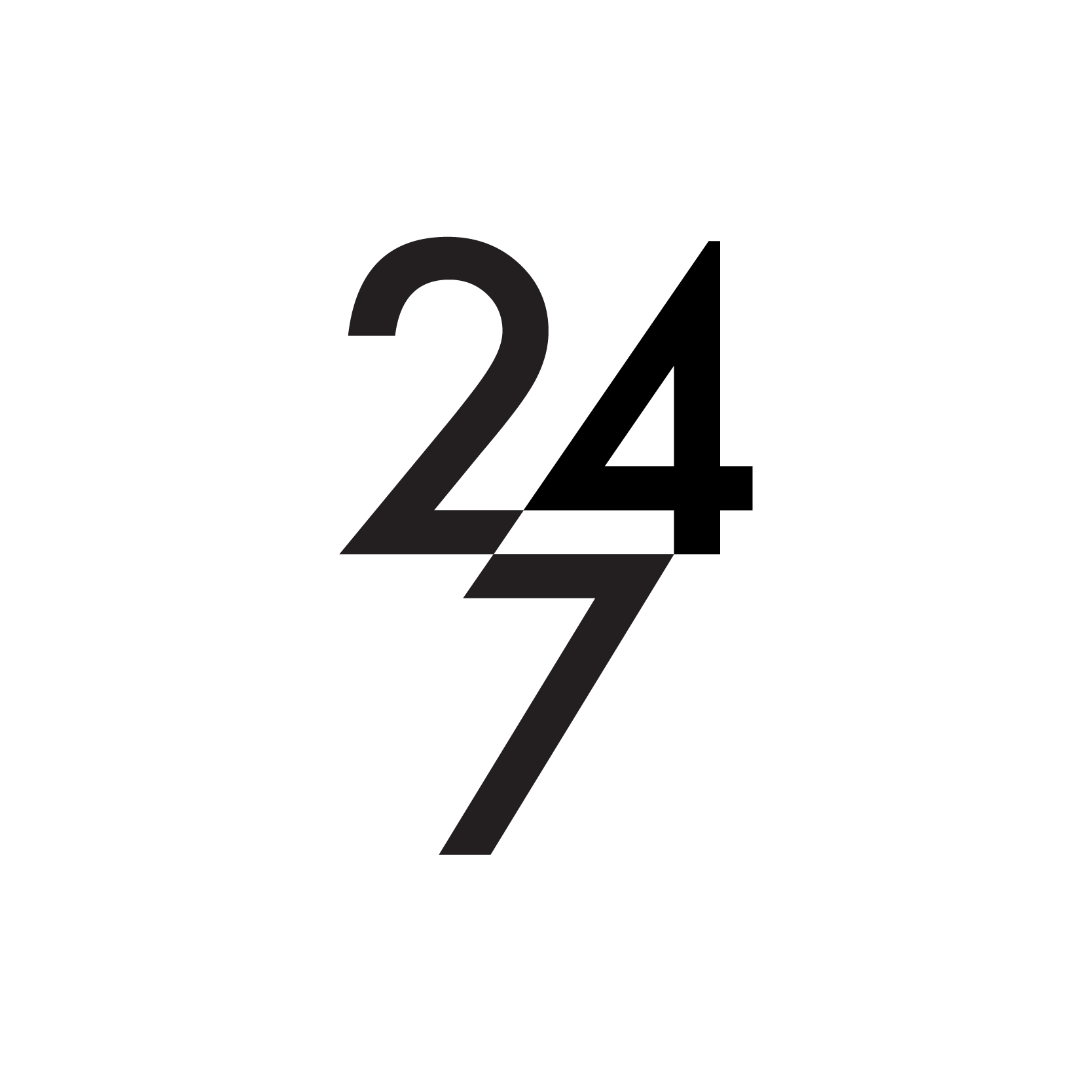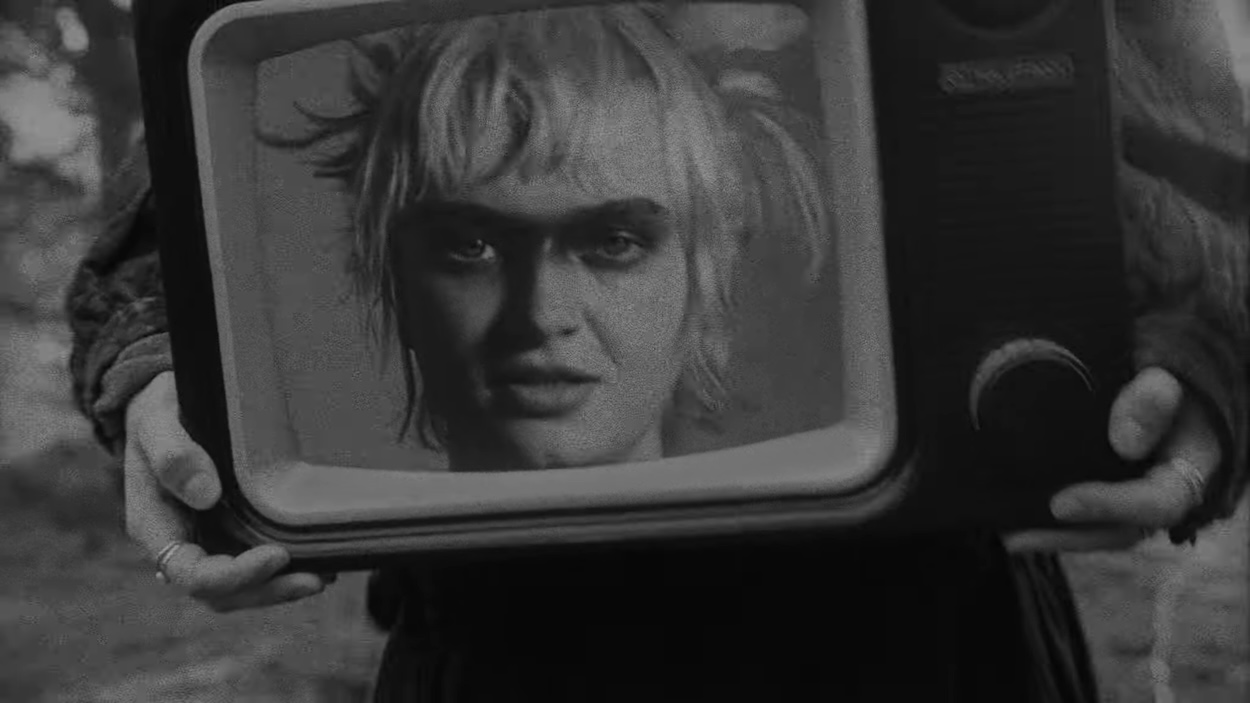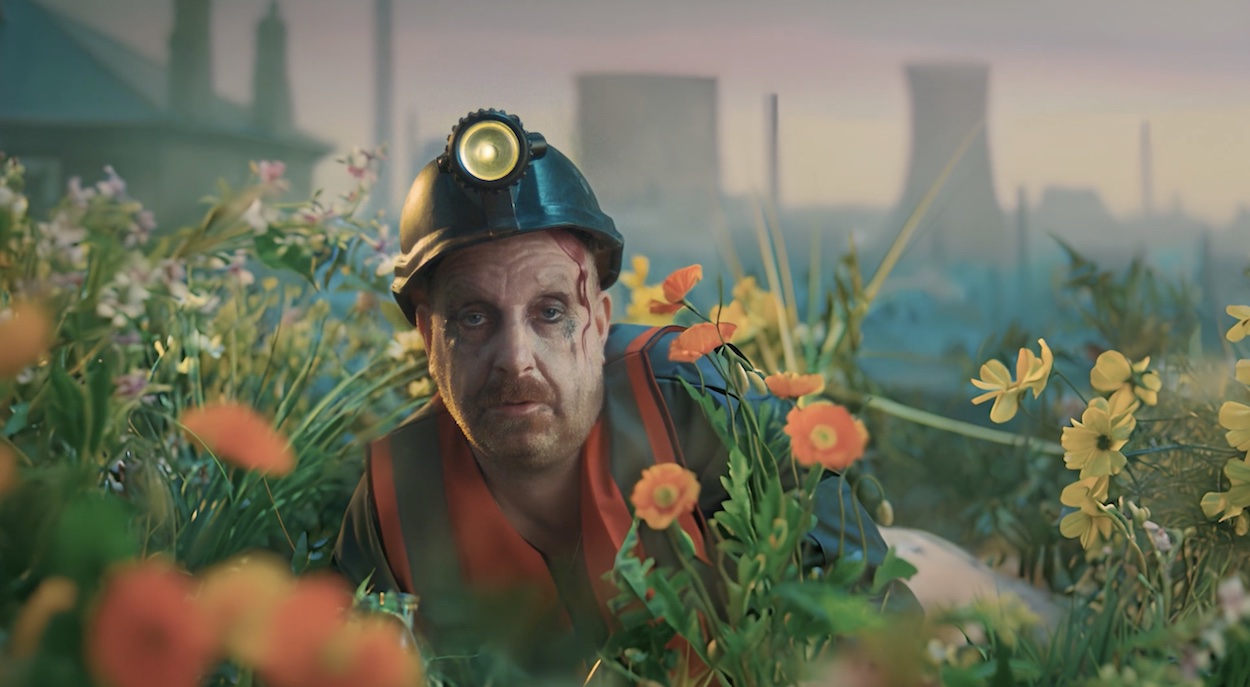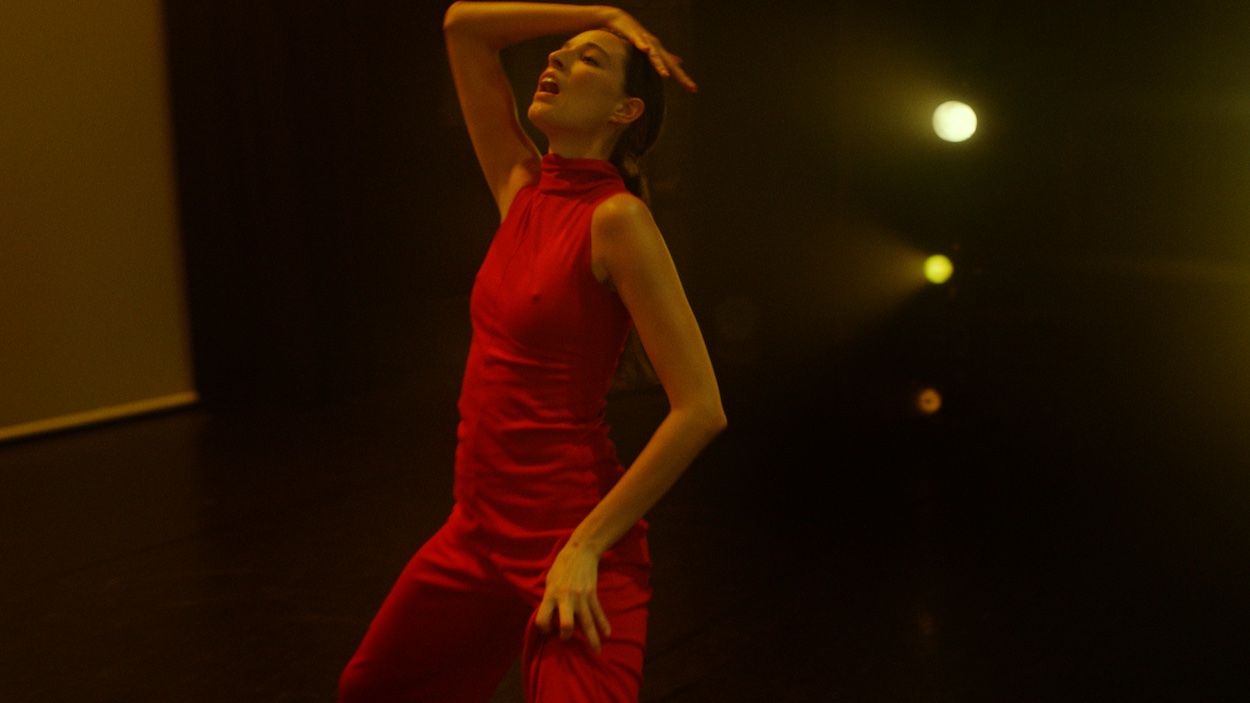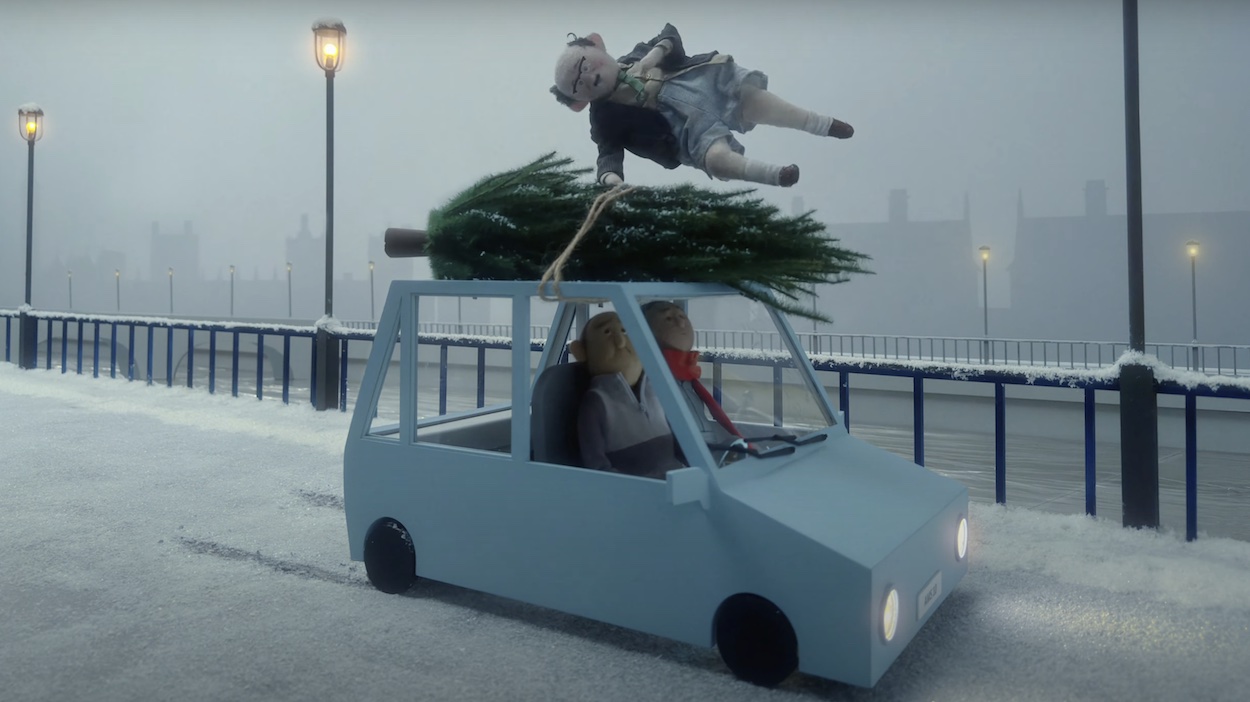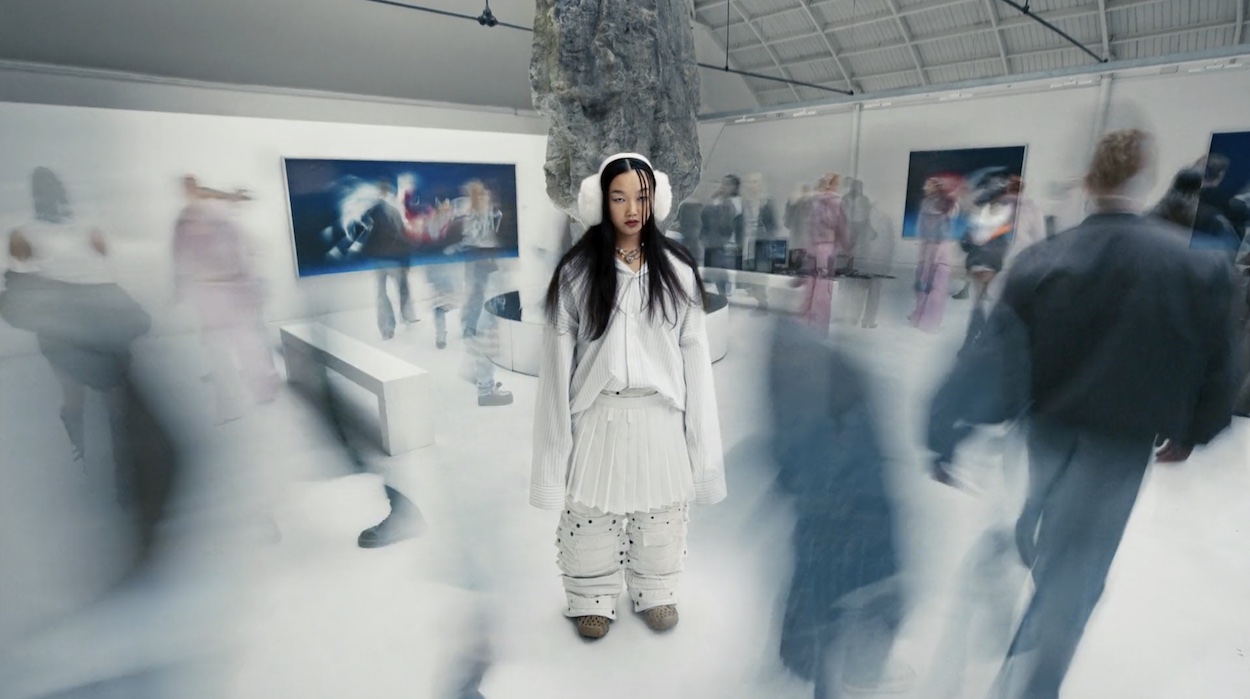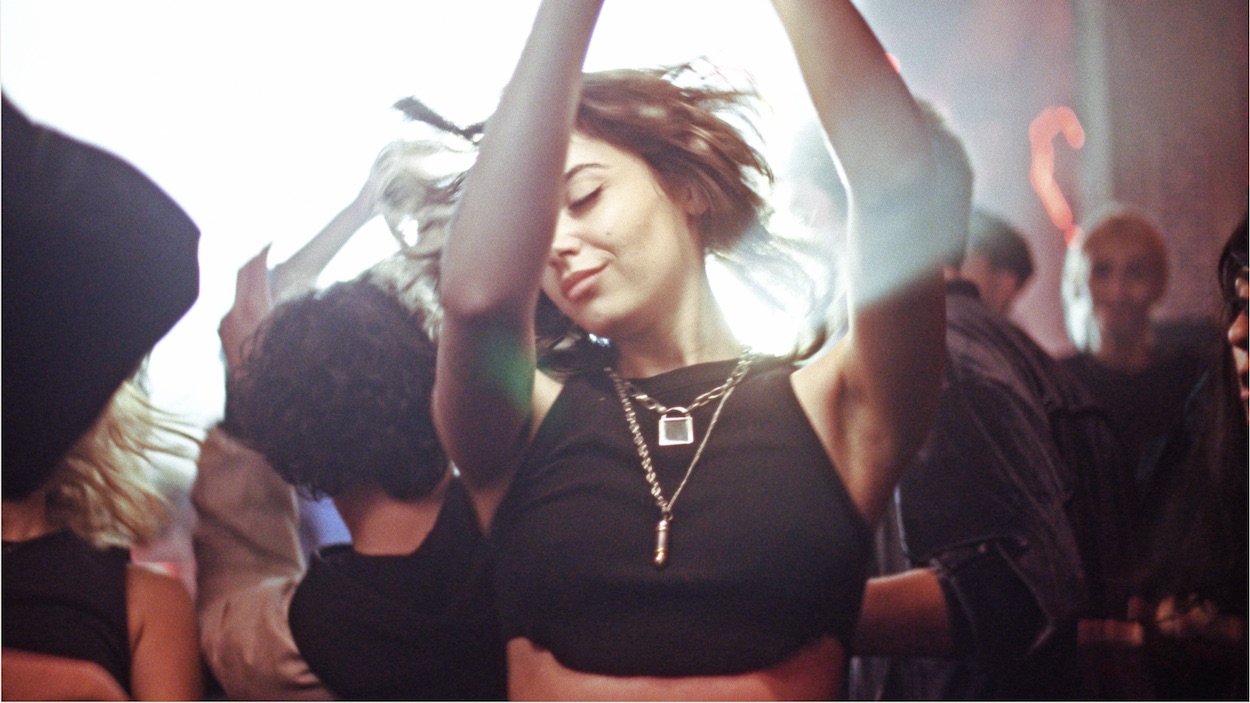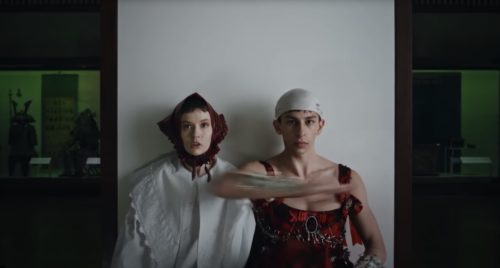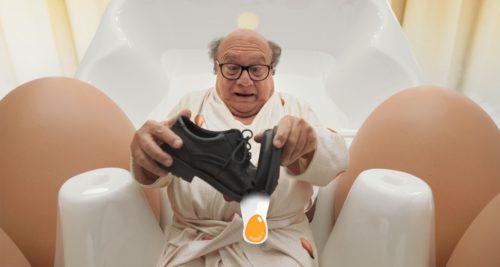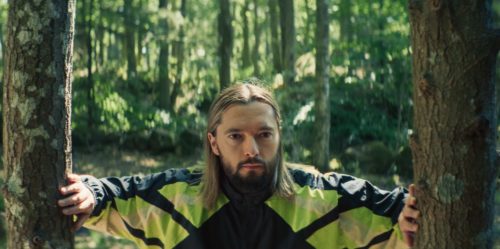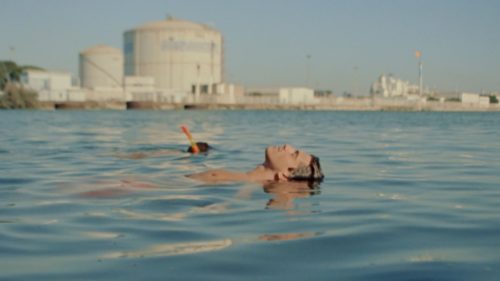What a beautiful poetic fest of VFX – or perhaps it’s in-camera trickery. Please tell us about the creative process of making Jagwa?
Thank you. It was a very post-intensive piece. All the multiplied, echoed layers were created digitally through a technique known as chronophotography, which is simply duplicating a layer in the edit and then moving it along in the timeline (aka ‘step and repeat’). It’s simple insofar as the steps taken to achieve it but then once you have 30+ layers things can become quite complicated… but exciting too.
A lot of discovery happens in the edit. Before we start cutting the visuals specifically to the timecode of the track we allow ourselves a good period of time for experimentation. There are many unknowns going into the edit and I think that is where the most creative stuff reveals itself. Aspects we hadn’t thought about.
The rolling strobe however was in-camera – that’s done by shooting without a lens – exposing the digital sensor directly to light.
What was the initial conversation you had with the band Plaitum and how did that evolve?
The band had seen some of our other videos and thought our visual style worked well with what they wanted to create. They told us that the song is about feeling trapped in an abusive relationship… feeling like you’re in a permanent and cyclical state of conflict.
From that we came up with an idea that sought to represent this through constant free falling human figures. Love quite literally falling apart. The echoes and iterations aim to reflect the destructive repetitions, loops and eddies that occur when amidst the death throes of a relationship. Essentially using the technique to hammer home the idea of a ‘cyclical state of conflict’.
Having completed the treatment and spoken to the band it was deemed important that these falling figures had to be emblematic of all relationships – universal not personal.
A lot of time was also dedicated to thinking about how the band fit into the overall aesthetic too. We didn’t want them to simply be an afterthought. After these early conversations, the band and label felt we were all on the same page and pretty much let us get on with our own thing.
What was the biggest challenge of making Jagwa? It looks complicated, did it take forever to make?
Time and budget. Always time and budget.
In post, we had to edit around our other full-time post-production commitments which means long nights after long days editing, but we’re thankful to the label for giving us a generous post period. This was integral because like you say it was an intricate process with heavy render times, layering, cutting things out, rotoscoping and the overall post-colourisation (thanks to Oisin O’Driscoll at The Mill for that). The conform was pretty hellish as well.
In terms of the shoot we planned to incorporate some real falling with our performers. This caused all manner of headaches; namely safety, logistics and budget. We eventually did set up a scaffold in the studio but that didn’t achieve the result we wanted, eating so much time in the process.
Interestingly, looking back at the shoot, and looking at what you used in the edit – the day would have been so much simpler if we had just focussed on those elements. Inevitably things work and others don’t – and it’s hard to predict. Thus, time is lost on the day.
It’s just critical to know when something isn’t working and move on, rather than persisting with a shot you know deep down isn’t going to make the cut.
We note that on an earlier video, Red for Mt. Wolf you used materials such as “16mm celluloid, household bleach, mould spray, hair dye, baking powder, baking soda, nail files and finger nails. All 2000ft of the rushes were placed in a bath tub for 2 days and manually treated with the listed materials”. Do the materials you use for both in-camera and vfx work reflect the nature of the tracks or is it more a case of simply wanting to experiment?
We do explore techniques which, in description, may sound incongruous to the track at hand. But the song will always percolate into our ideas and become a key component in that gestation period before submitting a treatment. And yes, the materiality of film vs. digital or in-camera vs. VFX helps guide the choices which best match the song.
You’re ultimately creating an atmosphere and an aesthetic though. Saying this relates to that, that to this, doesn’t quite lead you to the aggregate effect. If it looks and feels right when listening to the track then why not?
We’ve been lucky to work with lucid artists too, which helps.
Please tell us the background story of how you two began directing together.
We studied together. Both of us had an interest, in theory and in practice, towards an alternative type of image that draws from the more playful aspects of film history. Stuff that celebrates film for what is it and isn’t necessarily anchored to a script, a destination.
Do you have different skill sets or do you work simultaneously on projects. Are you normally in agreement on how the film should be made? How do you resolve any differences?
So far we’ve tried to split everything 50/50.
There are always differences – it’d be strange if there weren’t. Each project brings their own tensions which will lead to lengthy, and at times heated, discussion. But as the good old dialectical method goes: thesis-antithesis-synthesis.
Your film for Plaitum is the first for another band other than Mt Wolf – what is behind this long collaboration?
We were introduced to Mt. Wolf’s management by a director of photography we were working with at the time. That relationship led to four videos and it was those videos which brought us to the attention of Natalie Arnett and that’s pretty much why we find ourselves at the Nursery of Evil at Riff Raff.
Mt. Wolf were great to work with also; ambitiously investing in their own image with workable budgets and affording us full creative reign. Those videos were pretty formative for us. So all in all a great opportunity, which allowed us a platform to find a style. You can see a consistency but hopefully also a progression in those videos.
Anything else you’d like to share?
Looking forward to that project with a paycheck. Ha no! Just happy to be here (please pay us!).
